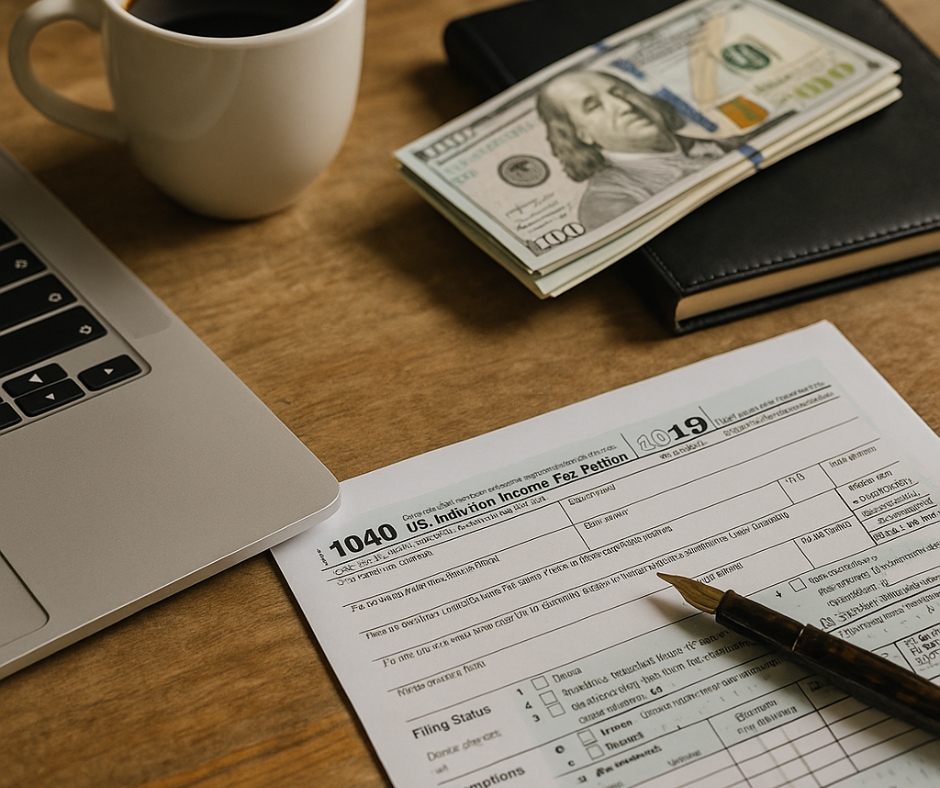Introduction
In today’s hyper-connected world, consumers are exposed to an overwhelming amount of marketing messages daily. Traditional advertising methods are no longer as effective as they once were, leading businesses to seek innovative ways to connect with their target audience. One of the most impactful strategies is leveraging influencer partnerships. The impact of influencer partnerships on sales is undeniable—when executed correctly, these collaborations can lead to increased brand visibility, enhanced consumer trust, and significantly higher conversion rates.
In this in-depth guide, we’ll explore the various aspects of influencer marketing, its effect on sales, how to structure influencer collaborations, and the future of this rapidly evolving strategy.
Understanding Influencer Partnerships
Influencer partnerships involve businesses working with social media influencers, bloggers, or industry experts to promote products or services to a wider audience. These influencers have built trust with their followers, making their endorsements highly effective in driving sales.
Why Influencer Partnerships Work
- Authenticity and Trust: Influencers build strong relationships with their audiences through consistent content and engagement. Their recommendations feel personal, making followers more likely to take action.
- Highly Targeted Reach: Unlike traditional advertising, which can feel intrusive, influencer marketing allows brands to reach a specific audience that aligns with their ideal customer demographic.
- Increased Brand Awareness: An influencer’s endorsement exposes a brand to new potential customers who may not have discovered it otherwise.
- Enhanced Engagement: Influencers create content that sparks conversations, increasing interactions and engagement rates with brands.
- Cost-Effective Marketing: Compared to expensive TV commercials or print ads, influencer collaborations can often deliver better ROI at a fraction of the cost.
How Influencers Drive Sales
The impact of influencer partnerships on sales is evident across industries. Let’s break down the key ways influencers influence consumer purchasing behavior:
1. Creating a Sense of Urgency
Many influencers use strategies like limited-time promotions or exclusive discount codes to create urgency among their followers. This approach compels users to make faster purchasing decisions, boosting immediate sales.
2. Leveraging Social Proof
Consumers trust peer recommendations more than traditional advertisements. When an influencer showcases a product positively, it serves as social proof, making people more likely to buy.
3. Increasing Brand Awareness Through Repetitive Exposure
Research shows that consumers often need multiple touchpoints before making a purchase. Influencers create continuous exposure through repeated mentions, stories, and posts, reinforcing brand credibility.
4. Personalizing the Brand Message
Influencers tailor messages to their audience in a way that feels relatable and personal. This makes the brand more appealing, leading to higher conversions.
Types of Influencer Collaborations
Choosing the right type of influencer partnership is crucial to maximizing results. Here are the most effective types of influencer collaborations:
1. Sponsored Content
Brands pay influencers to create content featuring their products or services. This includes Instagram posts, YouTube videos, TikTok clips, or blog mentions.
✅ Best for: Increasing brand awareness and credibility
✅ Key metric to track: Engagement rate (likes, shares, comments, and reach)
2. Affiliate Marketing Partnerships
Influencers earn a commission for every sale generated through their unique referral links or promo codes. This ensures that brands only pay for actual conversions.
✅ Best for: Performance-based marketing and direct sales
✅ Key metric to track: Conversion rate and affiliate sales
3. Brand Ambassador Programs
Brands collaborate with influencers for long-term partnerships rather than one-time promotions. Ambassadors consistently promote the brand, building ongoing trust with their audience.
✅ Best for: Sustained brand growth and loyalty
✅ Key metric to track: Customer retention and brand sentiment
4. Product Reviews and Unboxings
Influencers provide honest feedback on a product through detailed reviews or unboxing videos. These showcase the product’s value, features, and user experience.
✅ Best for: Enhancing credibility and trust
✅ Key metric to track: Customer inquiries and purchase intent
5. Giveaways and Contests
Influencers run contests that require users to engage with a brand’s content (e.g., liking a post, tagging friends, or following the brand) for a chance to win a product.
✅ Best for: Rapid audience growth and engagement
✅ Key metric to track: Follower increase and engagement rate
Strategies for Effective Influencer Partnerships
To maximize the impact of influencer partnerships, brands must develop a well-planned strategy. Here’s how:
- Set Clear Objectives – Define whether the goal is brand awareness, lead generation, or direct sales.
- Choose the Right Influencers – Prioritize alignment between the influencer’s audience and your target market.
- Ensure Authenticity – Encourage influencers to integrate products naturally into their content.
- Leverage Multiple Platforms – Experiment with Instagram, TikTok, YouTube, LinkedIn, and blogs to find the best channel for your audience.
- Use Trackable Links & Codes – Implement affiliate links or UTM parameters to measure direct conversions.
- Monitor Performance Metrics – Regularly analyze engagement, conversion rates, and brand sentiment.
Measuring Influencer ROI
Determining the return on investment (ROI) of influencer marketing is essential. Here’s how brands can track performance:
📊 Engagement Rate: Measure likes, comments, shares, and saves to assess audience interest.
📈 Click-Through Rate (CTR): Track how many users click on links to visit the brand’s website. 🛒 Sales & Conversions: Analyze purchases driven by influencer content using promo codes or referral links.
📢 Brand Sentiment: Use social listening tools to gauge how customers perceive the brand.
The Future of Influencer Marketing
As social media continues to evolve, so does influencer marketing. Here are key trends shaping the future:
🚀 AI-Powered Influencer Discovery – Advanced algorithms will help brands find the perfect influencer match based on data-driven insights.
🎥 Short-Form Video Dominance – TikTok, Instagram Reels, and YouTube Shorts will continue to lead as the most engaging content formats.
🤖 Virtual Influencers – AI-generated influencers are on the rise, offering brands a new way to control messaging and engagement.
📊 Performance-Based Influencer Deals – More brands will shift toward commission-based influencer agreements rather than flat-rate sponsorships.
Final Thoughts
The impact of influencer partnerships on sales is profound, making it one of the most effective digital marketing strategies today. By leveraging authentic collaborations, measuring performance, and staying ahead of trends, businesses can drive sustainable revenue growth.
If your brand isn’t yet utilizing influencer marketing, now is the time to start. With the right partnerships and strategies, you can unlock powerful opportunities to connect with your ideal audience and accelerate business success.













